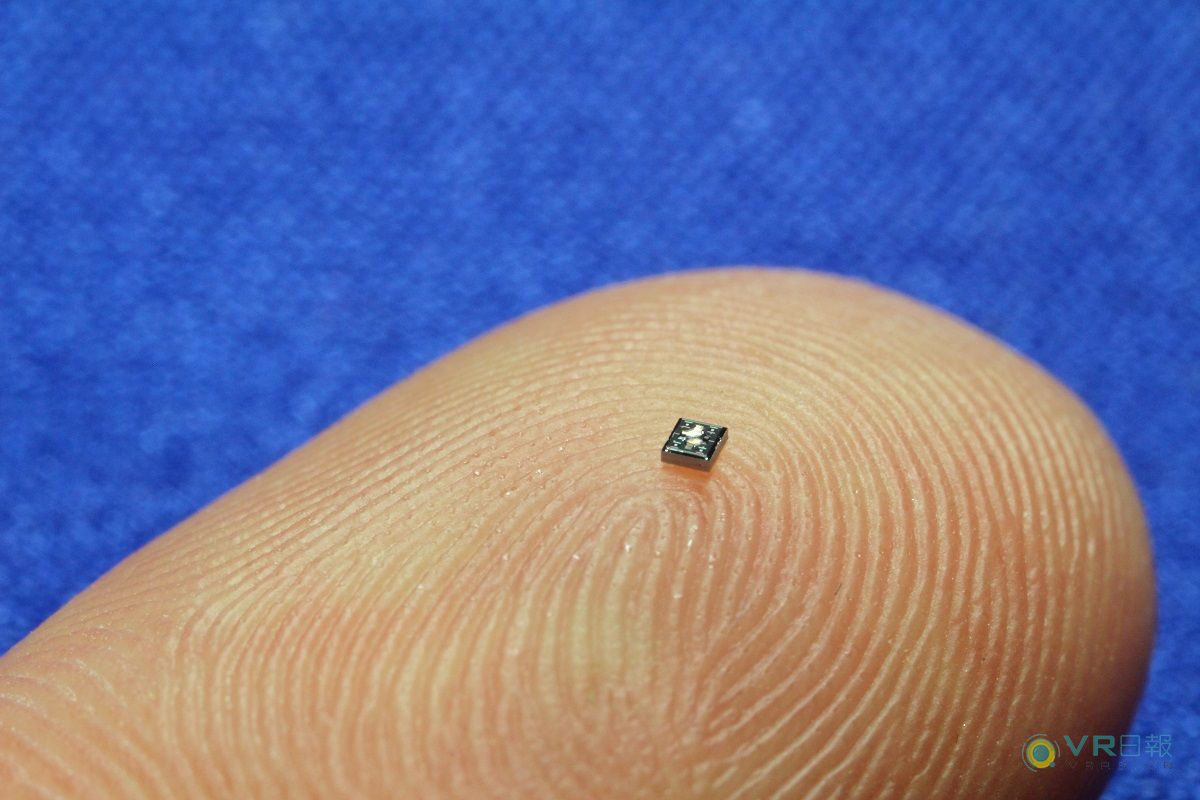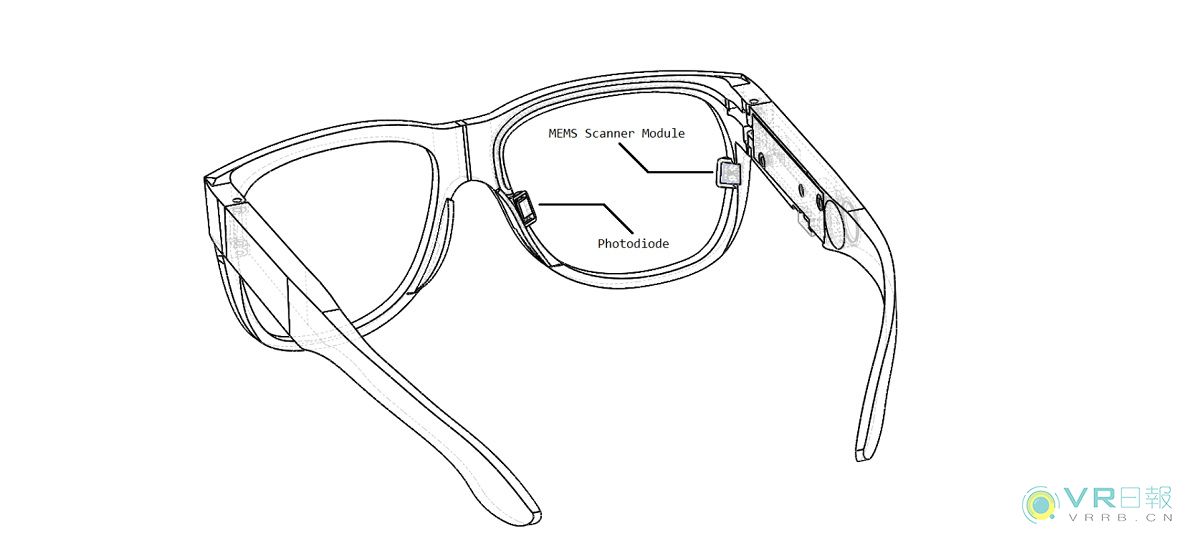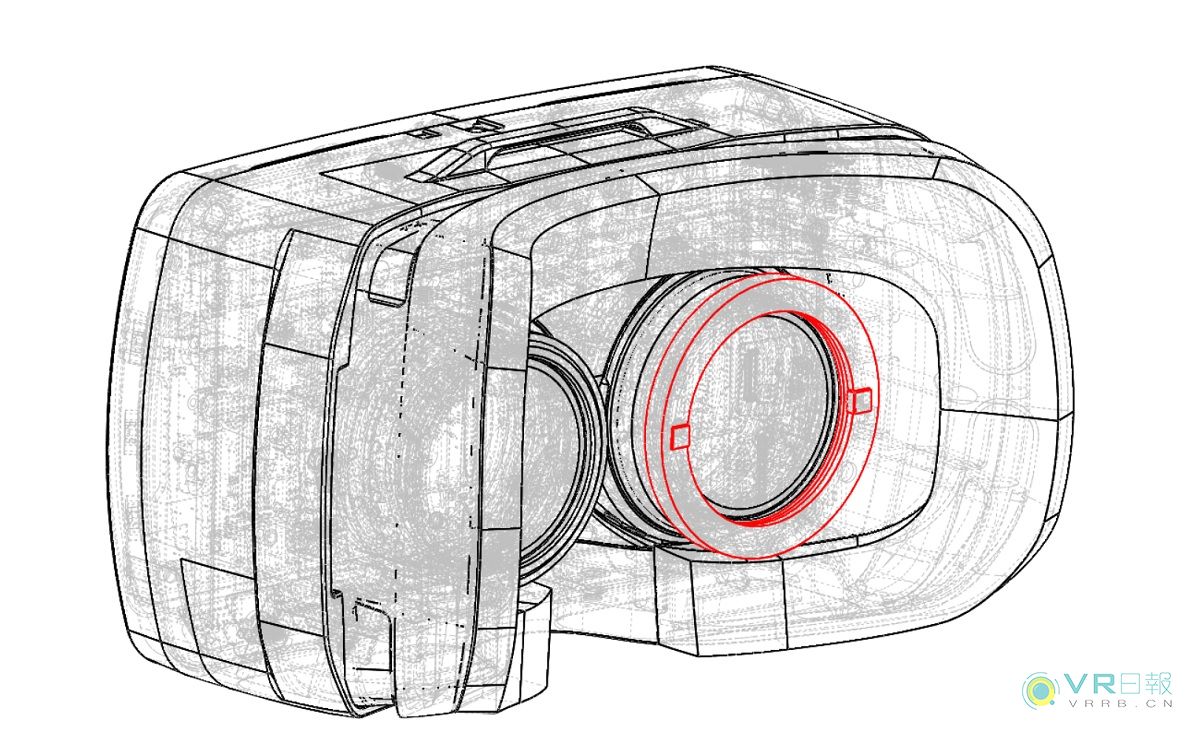The Canadian company AdHawk Microsystems announced that they have successfully developed a small motion tracking sensor that can be used as a gospel for augmented reality glasses and virtual reality headsets.
For consumers, the current AR and VR products are too bulky, and bulky camera sensors are an important part of the problem. AdHawk said that they have successfully developed a small eye tracking sensor using a micro-electromechanical system (micro-electromechanical systems are usually used for gyroscope chips).

The Kitchener, Canada-based company has completed a $4.6 million financing and is invested by Intel. AdHawk Microsystems said that its smaller, faster and more energy-efficient motion tracking solution will eliminate current camera-based eye tracking and pave the way for a new generation of highly immersive AR/VR experiences.
For the moment, most eye tracking systems in the market (such as Tobii's products) rely on cameras. Camera-based eye tracking usually requires connection to a computer, while the AdHawk system can be integrated directly into AR/VR heads or eyeglasses and can be worn comfortably throughout the day.
AdHawk can capture thousands of data points per second, enabling chip-based systems to predict the user's gaze trajectory, enabling a more immersive AR/VR experience.
The potential use cases for the system are very extensive. For games, the AdHawk system is very fast and can be used to determine the user's gaze track so that the game can present content by predicting the user's next move, adding elements of surprise.

In the field of health care, the AdHawk system can be used to diagnose diseases such as early Parkinson's disease or to understand the user's emotional state by measuring the minimum movement in the eye.
In terms of training, by tracking eye blink frequency and eye movement, the observer can determine if you are tired and it is difficult to continue to effectively absorb information. This is particularly important for use cases such as pilot or driver training.
Related technologies are currently in the research phase, and financing funds will be used to help AdHawk bring their products to consumer VR and AR devices. According to Insight, other investors in this round of financing include the founders of Brightspark Ventures and AdHawk.
As mentioned before, the current VR/AR head mounted eye tracking system relies on the camera to track the user's gaze point and requires a large amount of computing power to process the camera to capture hundreds of images per second. Therefore, such a head-mounted display requires a connected power source and is connected to a high-end computer.

With an ultra-compact micro-electro-mechanical system (MEMS), AdHawk's eye-tracking device will be able to replace the camera. The volume of such microelectromechanical systems is so small that they cannot even be observed by the naked eye. In addition, this micro-electro-mechanical system completely eliminates the need for image processing that consumes a large amount of power, thereby greatly increasing speed and efficiency as well as size.
AdHawk can predict eye movements up to 50 milliseconds in advance.
Neil Sarkar, executive director of AdHawk, said in a statement: “To create a completely immersive feeling through wireless, sensitive, and inconspicuous heads is the ultimate goal of the VR/AR world. We believe that our technology will Can greatly help show the manufacturer to provide this experience to users."

AdHawk's small, low-power devices can be operated throughout the day with a button battery. Using this product to replace the camera, the head-display manufacturer will be able to provide eye-tracking without connection.
AdHaw's device is currently open for purchase as an eye tracking assessment kit. Sarkar said that they have collected valuable information from user tests.
Sarkar said: "We have found that when we capture the motion of eye movements inside the eye by capturing thousands of eye position measurements per second (fast and sudden movements between fixed points of the eye), we can gain valuable information about the user's status. For reference, are they already tired? Feeling interested? Feeling confused? Feeling anxious?... This information can be fed back into the VR/AR experience, which can greatly improve immersion."
With the development of the times, the consumption level of people is gradually increasing. At the same time, people's entertainment methods are beginning to diversify, especially for modern young people. As a result, different kinds of electronic products are starting to be in people's lives, and the booming Electronic Cigarette industry reflects this.
Described including the upper shell, the upper shell at the top of the smoke outlet, as described in the bottom of the upper shell with airway, described with the smoke outlet in the airway and also to match the upper shell, the lower part of the shell described the airway in the direction of the lower shell extension, as described in the lower shell near one end of the upper shell is equipped with oil mouth, described the lower shell with batteries, described at the bottom of the bottom shell has come in The air port is provided with an oil storage bin in the lower shell, and the air passage passes through the oil storage bin and is provided with a heating atomization bin at one end away from the smoke outlet. The utility model has beneficial effects: it can meet the smoking habit of different users, avoid the premature end of the use experience caused by excessive consumption of smoke oil, and indirectly prolong the service time and life of the product.
Refillable E-Cig Oem,Refillable Vape Pod,Refillable Vape Pen Oem,Refillable Mod Oem
Shenzhen MASON VAP Technology Co., Ltd. , https://www.e-cigarettefactory.com